Home>Furniture & Design>Interior Design Trends>How To Make Fish Tank At Home Without Glass
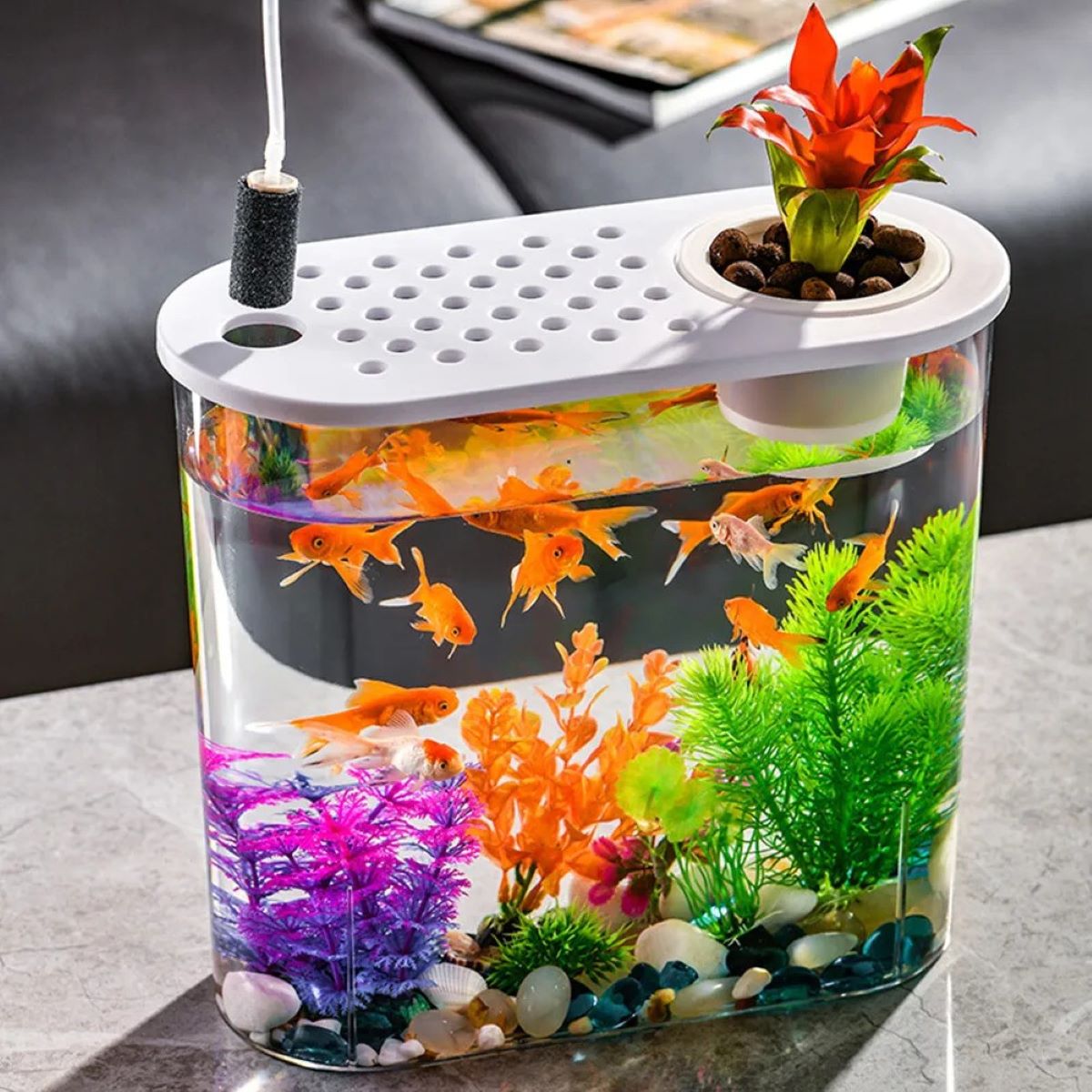

Interior Design Trends
How To Make Fish Tank At Home Without Glass
Modified: March 6, 2024
Learn how to create a DIY fish tank without glass for your home with the latest interior design trends. Explore innovative ideas for a unique and stylish aquarium setup.
(Many of the links in this article redirect to a specific reviewed product. Your purchase of these products through affiliate links helps to generate commission for Storables.com, at no extra cost. Learn more)
Introduction
Creating a fish tank at home without using glass can be an exciting and rewarding endeavor. Whether you're a beginner or an experienced aquarist, this DIY project offers a unique opportunity to design a custom aquatic habitat that complements your home decor. By using alternative materials, you can craft a visually appealing and functional fish tank that showcases your creativity and passion for aquatic life.
In this comprehensive guide, we will explore the step-by-step process of constructing a fish tank without traditional glass. From selecting a suitable container to adding aquatic plants and fish, each stage of the setup will be carefully detailed to ensure a successful and sustainable aquatic environment. By following these instructions, you can create a captivating underwater ecosystem that brings tranquility and natural beauty into your living space.
Embarking on this DIY fish tank project allows you to personalize the design and size of the aquatic habitat to suit your preferences and available space. Whether you opt for a sleek, modern container or a rustic, vintage vessel, the possibilities are endless when it comes to customizing your fish tank. Additionally, by incorporating natural elements such as live plants and decorative substrates, you can establish a harmonious environment that promotes the well-being of your aquatic inhabitants.
As we delve into the process of constructing a fish tank without glass, it's important to approach this endeavor with a sense of creativity and dedication. By embracing the opportunity to design a unique aquatic display, you can cultivate a deeper appreciation for the mesmerizing world beneath the water's surface. With careful planning and attention to detail, you can transform a simple container into a captivating aquatic oasis that captivates both you and your guests.
In the following sections, we will outline the materials needed and provide a detailed walkthrough of each step, empowering you to embark on this DIY project with confidence and enthusiasm. Let's dive into the exciting world of creating a fish tank at home without traditional glass, and discover the endless possibilities of crafting a stunning aquatic showcase.
Key Takeaways:
- Create a unique fish tank without glass using alternative materials like plastic or ceramic. Customize the design to match your home decor and provide a spacious, safe environment for fish and plants to thrive.
- Maintain a healthy and visually appealing fish tank by selecting compatible fish and plants, setting up a reliable filtration system, and performing regular maintenance tasks like water testing, cleaning, and observation.
Read more: How To Clean Fish Tank Glass
Materials Needed
To embark on the journey of creating a fish tank at home without traditional glass, you will need a variety of materials to ensure the successful setup and maintenance of the aquatic habitat. By gathering the following essential items, you can lay the foundation for a captivating and sustainable underwater environment:
-
Container: Select a suitable non-glass container that is spacious enough to accommodate the aquatic life you intend to keep. This could be a large acrylic or plastic container, a repurposed ceramic vessel, or even a creatively designed planter. Ensure that the chosen container is sturdy, leak-proof, and provides ample space for fish to swim and plants to thrive.
-
Substrate: Choose an appropriate substrate to line the bottom of the fish tank. Options include aquarium gravel, sand, or specialized aquatic soil, depending on the specific needs of the fish and plants you plan to introduce. The substrate not only enhances the visual appeal of the tank but also serves as a foundation for live plants and beneficial bacteria.
-
Filtration System: Invest in a reliable filtration system designed for the size of your fish tank. This may include a hang-on-back filter, a canister filter, or a sponge filter, depending on the volume of water and the type of aquatic life you intend to maintain. A well-functioning filtration system is crucial for maintaining water quality and ensuring the health of the fish and plants.
-
Heater: If you plan to keep tropical fish or species that require specific water temperatures, a reliable aquarium heater is essential. Choose a heater with adjustable settings to maintain the ideal water temperature for the inhabitants of your fish tank.
-
Decorations: Enhance the visual appeal of the fish tank by incorporating decorative elements such as driftwood, rocks, and artificial or live plants. These decorations not only create a natural and visually appealing underwater landscape but also provide hiding spots and territories for the fish.
-
Water Test Kit: A quality water test kit is indispensable for monitoring the parameters of the aquarium water, including pH, ammonia, nitrite, and nitrate levels. Regular testing is essential for maintaining a healthy aquatic environment and ensuring the well-being of the fish and plants.
-
Aquatic Plants: If you plan to include live plants in your fish tank, select species that are suitable for the water parameters and lighting conditions of your setup. Consider a variety of aquatic plants to create a lush and vibrant underwater garden that complements the overall aesthetic of the tank.
-
Fish: Research and select fish species that are compatible with the size of your tank, water parameters, and the behavior of other inhabitants. Choose fish that thrive in captivity and contribute to the ecological balance of the aquatic ecosystem you aim to create.
By gathering these essential materials, you can lay the groundwork for a captivating and sustainable fish tank without traditional glass. Each item plays a crucial role in establishing a thriving aquatic habitat that offers both visual delight and a harmonious environment for the fish and plants to flourish.
Step 1: Choose a Suitable Container
The first and most crucial step in creating a fish tank without traditional glass is selecting a suitable container to serve as the aquatic habitat. When choosing a container, several factors must be considered to ensure the well-being of the fish and the overall aesthetic appeal of the setup.
The container should provide ample space for the fish to swim and explore while accommodating the necessary equipment, such as a filtration system and heater. It's essential to opt for a leak-proof and sturdy vessel that can withstand the weight of water and decorations. Additionally, consider the material of the container, as it should be non-toxic and safe for aquatic life.
Aquarium-safe plastic containers, large acrylic vessels, repurposed ceramic planters, or creatively designed plant pots can serve as excellent alternatives to traditional glass tanks. These options offer versatility in shape and design, allowing you to customize the aquatic habitat to complement your home decor.
The size of the container is also a critical consideration. Larger containers provide more stability in terms of water parameters and offer a more generous swimming area for the fish. However, smaller containers can be suitable for certain species of fish and may fit better within limited living spaces.
Furthermore, the shape of the container can impact the visual appeal and functionality of the fish tank. Rectangular or square containers provide a classic and versatile design, while cylindrical or uniquely shaped vessels can add a touch of creativity to the aquatic display.
Ultimately, the chosen container should align with the specific needs of the fish and plants you intend to keep, while also reflecting your personal style and preferences. By carefully selecting a suitable container, you can lay the foundation for a captivating and sustainable fish tank that harmoniously integrates with your living space.
Step 2: Prepare the Container
Preparing the container for your DIY fish tank is a crucial step that sets the stage for a successful and visually appealing aquatic habitat. Before introducing any substrate, decorations, or aquatic life, it's essential to ensure that the container is thoroughly cleaned and adequately prepared to support a thriving ecosystem.
Begin by thoroughly cleaning the interior and exterior of the container to remove any dust, debris, or residues that may have accumulated during storage or handling. Use a mild aquarium-safe cleanser or a solution of vinegar and water to clean the container, ensuring that all surfaces are free from contaminants that could potentially harm the fish and plants.
Once the container is clean, carefully inspect it for any signs of damage or imperfections. Ensure that there are no sharp edges, cracks, or weak spots that could compromise the structural integrity of the vessel. It's essential to address any issues at this stage to prevent potential leaks or hazards once the fish tank is filled with water.
After confirming the structural integrity of the container, consider the placement of the tank within your living space. Choose a stable and level surface that can support the weight of the filled container, ensuring that it is positioned away from direct sunlight and extreme temperature fluctuations.
Next, add a suitable layer of substrate to the bottom of the container. The choice of substrate, whether it's aquarium gravel, sand, or specialized aquatic soil, should align with the needs of the fish and plants you plan to introduce. The substrate not only enhances the visual appeal of the tank but also provides a foundation for live plants and beneficial bacteria.
Once the substrate is in place, carefully arrange any decorative elements such as driftwood, rocks, or artificial plants to create a visually appealing underwater landscape. These decorations not only enhance the aesthetic appeal of the fish tank but also provide hiding spots and territories for the fish, contributing to their overall well-being.
By thoroughly preparing the container and creating a suitable environment for the aquatic life, you can lay the foundation for a captivating and sustainable fish tank without traditional glass. This meticulous preparation sets the stage for the subsequent steps of setting up the filtration system, adding plants and fish, and maintaining the aquatic ecosystem for long-term enjoyment and visual delight.
Step 3: Add Substrate and Decorations
Adding substrate and decorations to your DIY fish tank is a pivotal step that contributes to the visual appeal and functionality of the aquatic habitat. The careful selection and arrangement of substrate and decorations play a significant role in creating a natural and visually captivating underwater environment for the fish and plants to thrive.
The substrate serves as the foundation of the fish tank, providing a base for live plants to root and beneficial bacteria to colonize. When choosing a substrate, consider the specific requirements of the fish and plants you plan to introduce. Aquarium gravel, available in various colors and sizes, offers a classic and versatile option, while sand provides a smooth and natural-looking substrate suitable for certain species of fish and bottom-dwelling organisms. Additionally, specialized aquatic soil can be utilized to create an optimal environment for the growth of aquatic plants, promoting a lush and vibrant underwater landscape.
Once the substrate is in place, the next step involves adding decorative elements to enhance the aesthetic appeal of the fish tank. Driftwood, carefully selected rocks, and artificial or live plants can be strategically arranged to create a visually appealing underwater landscape that mimics the natural habitats of aquatic life. Driftwood not only adds a touch of natural beauty but also provides hiding spots and grazing surfaces for fish. Rocks, when arranged thoughtfully, can create caves and crevices, offering shelter and territories for the fish to explore. Live or artificial plants not only contribute to the visual appeal of the tank but also provide oxygen, shelter, and spawning sites for the fish, contributing to the overall ecological balance of the aquatic ecosystem.
The arrangement of decorations should be thoughtful and considerate of the needs and behaviors of the fish species you plan to keep. Providing ample hiding spots, territories, and naturalistic environments can reduce stress and promote the well-being of the fish. Additionally, the visual composition of the decorations should complement the overall aesthetic of your living space, creating a harmonious and captivating aquatic display that seamlessly integrates with your home decor.
By adding suitable substrate and thoughtfully arranging decorations, you can create a visually stunning and functional underwater environment that provides a natural and enriching habitat for the fish and plants. This meticulous attention to detail in the design and arrangement of substrate and decorations sets the stage for the subsequent steps of setting up the filtration system, adding plants and fish, and maintaining the aquatic ecosystem for long-term enjoyment and visual delight.
Read more: How To Remove Algae From A Fish Tank Glass
Step 4: Set Up the Filtration System
Setting up a reliable filtration system is paramount in maintaining a healthy and balanced aquatic environment within your DIY fish tank. The filtration system plays a crucial role in removing physical and chemical impurities from the water, promoting optimal water quality and the well-being of the fish and plants.
Begin by selecting a filtration system that is suitable for the size of your fish tank and the specific needs of the aquatic inhabitants. Common types of filtration systems include hang-on-back filters, canister filters, and sponge filters, each offering unique advantages in terms of water circulation, mechanical filtration, and biological filtration. Consider the volume of water in your tank, the types of fish and plants you plan to keep, and the desired maintenance level when choosing the appropriate filtration system.
Once you have chosen the filtration system, carefully install it according to the manufacturer's instructions. Position the filter in a location that ensures efficient water circulation throughout the tank, promoting uniform distribution of heat, oxygen, and beneficial bacteria. Ensure that the filter is securely attached and that all components are properly connected to prevent leaks and maintain optimal functionality.
Incorporate filter media, such as mechanical filter pads, biological filter media, and chemical filtration inserts, to enhance the filtration process. Mechanical filter media effectively traps debris and particulate matter, while biological filter media provide a surface for beneficial bacteria to colonize, aiding in the breakdown of harmful substances such as ammonia and nitrite. Chemical filtration inserts, such as activated carbon or zeolite, can be utilized to remove impurities and maintain water clarity.
Regular maintenance of the filtration system is essential for its continued effectiveness. Establish a routine schedule for cleaning and replacing filter media, ensuring that the filtration system operates at peak efficiency. Monitor the water flow and performance of the filter, addressing any issues promptly to maintain optimal water quality within the fish tank.
By meticulously setting up and maintaining a reliable filtration system, you can establish a stable and thriving aquatic ecosystem that promotes the health and vitality of the fish and plants. The filtration system serves as a cornerstone of the fish tank, contributing to the visual clarity, water quality, and overall balance of the aquatic habitat. With a well-designed and properly maintained filtration system in place, you can enjoy a captivating and sustainable fish tank that enriches your living space with natural beauty and tranquility.
Step 5: Add Plants and Fish
Adding plants and fish to your DIY fish tank marks an exciting stage in creating a vibrant and balanced aquatic ecosystem. Careful selection and thoughtful introduction of aquatic flora and fauna contribute to the visual appeal, ecological balance, and overall vitality of the underwater habitat.
When incorporating aquatic plants, consider species that are well-suited to the water parameters, lighting conditions, and substrate of your fish tank. Choose a variety of plants, including foreground, midground, and background species, to create depth and visual interest within the aquatic landscape. Live plants not only enhance the aesthetic appeal of the tank but also contribute to water quality by absorbing nitrates and providing oxygen for the fish. Additionally, the presence of live plants offers natural hiding spots and spawning sites for the fish, promoting their well-being and natural behaviors.
Before introducing fish to the tank, research and select species that are compatible with the size of your tank, water parameters, and the behavior of other inhabitants. Consider the specific requirements of each species, including preferred water temperature, diet, and social behaviors. It's essential to avoid overstocking the tank and to provide adequate space and territories for the fish to thrive. Introduce fish gradually, allowing them time to acclimate to the new environment and minimizing stress.
The addition of plants and fish should be approached with a focus on creating a harmonious and sustainable aquatic community. By carefully selecting and introducing compatible species, you can establish a balanced ecosystem that promotes the well-being of the aquatic inhabitants and offers a captivating display of natural beauty within your living space.
With the thoughtful addition of plants and fish, your DIY fish tank transforms into a dynamic and captivating underwater world, enriching your home with the mesmerizing sights and natural rhythms of aquatic life. This stage marks a significant milestone in the creation of a personalized and sustainable aquatic showcase that brings tranquility and visual delight into your living space.
You can make a fish tank at home using a large plastic storage container. Make sure it’s clean and doesn’t have any sharp edges that could harm the fish. Add a filter and heater to keep the water clean and at the right temperature for your fish.
Step 6: Maintain the Fish Tank
Maintaining a fish tank is an ongoing commitment that ensures the long-term health and vitality of the aquatic ecosystem. Regular maintenance and attentive care are essential to preserve water quality, promote the well-being of the fish and plants, and sustain the visual appeal of the underwater habitat.
Water Quality Management
Regular water testing is crucial for monitoring the parameters of the aquarium water, including pH, ammonia, nitrite, and nitrate levels. Utilize a reliable water test kit to assess these parameters and take corrective actions if any levels are outside the optimal range. Partial water changes, typically ranging from 10% to 25% of the tank volume, should be performed regularly to dilute accumulated impurities and maintain stable water conditions.
Read more: How To Childproof A Fish Tank
Cleaning and Pruning
Routine maintenance tasks, such as cleaning the glass or acrylic surfaces, removing debris, and pruning aquatic plants, contribute to the overall cleanliness and aesthetic appeal of the fish tank. Use a dedicated aquarium-safe algae scraper or pad to clean the interior surfaces, ensuring that algae growth does not obscure the view of the aquatic inhabitants. Pruning overgrown or decaying plant matter helps maintain a tidy and healthy aquatic environment.
Filter Maintenance
Regularly inspect and clean the filtration system to ensure optimal performance. Replace filter media as needed, following the manufacturer's recommendations, and unclog any debris that may impede water flow. A well-maintained filtration system plays a pivotal role in removing impurities and promoting water clarity within the fish tank.
Feeding and Observation
Monitor the feeding habits and behaviors of the fish, ensuring that they receive a balanced and appropriate diet. Avoid overfeeding, as excess food can lead to water quality issues. Take time to observe the fish regularly, noting any changes in behavior, appetite, or appearance, as early detection of potential health issues is crucial for timely intervention.
Aquatic Health Management
In the event of illness or abnormal behavior among the fish or signs of disease in the plants, promptly address the issue by consulting with a knowledgeable aquatic specialist or veterinarian. Quarantine and treat affected individuals as necessary to prevent the spread of illness within the fish tank.
By diligently maintaining the fish tank and attending to the needs of the aquatic inhabitants, you can ensure a thriving and visually captivating aquatic environment that enriches your living space with natural beauty and tranquility. Regular care and attention contribute to the sustainability and long-term enjoyment of your personalized aquatic showcase.
Frequently Asked Questions about How To Make Fish Tank At Home Without Glass
Was this page helpful?
At Storables.com, we guarantee accurate and reliable information. Our content, validated by Expert Board Contributors, is crafted following stringent Editorial Policies. We're committed to providing you with well-researched, expert-backed insights for all your informational needs.
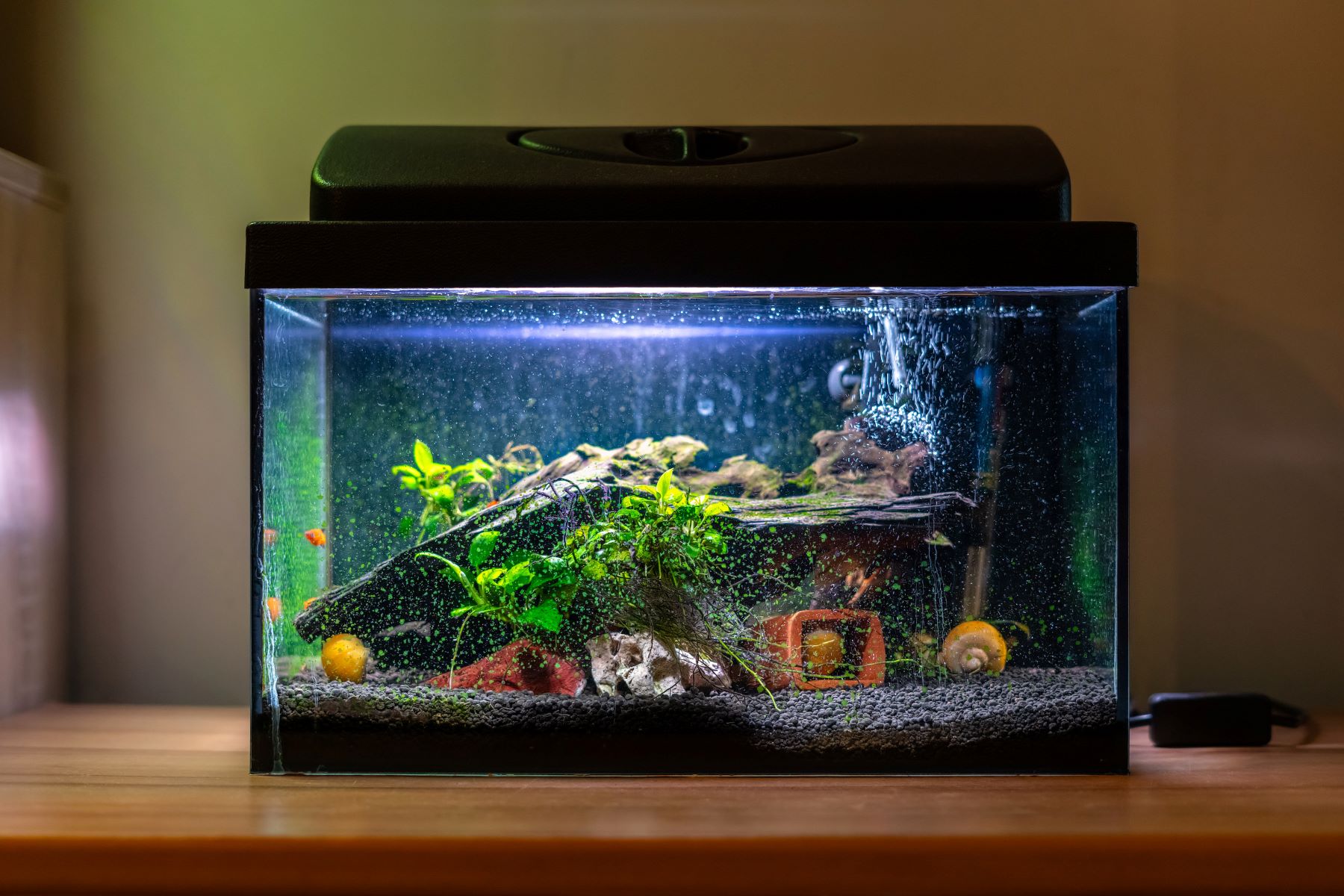

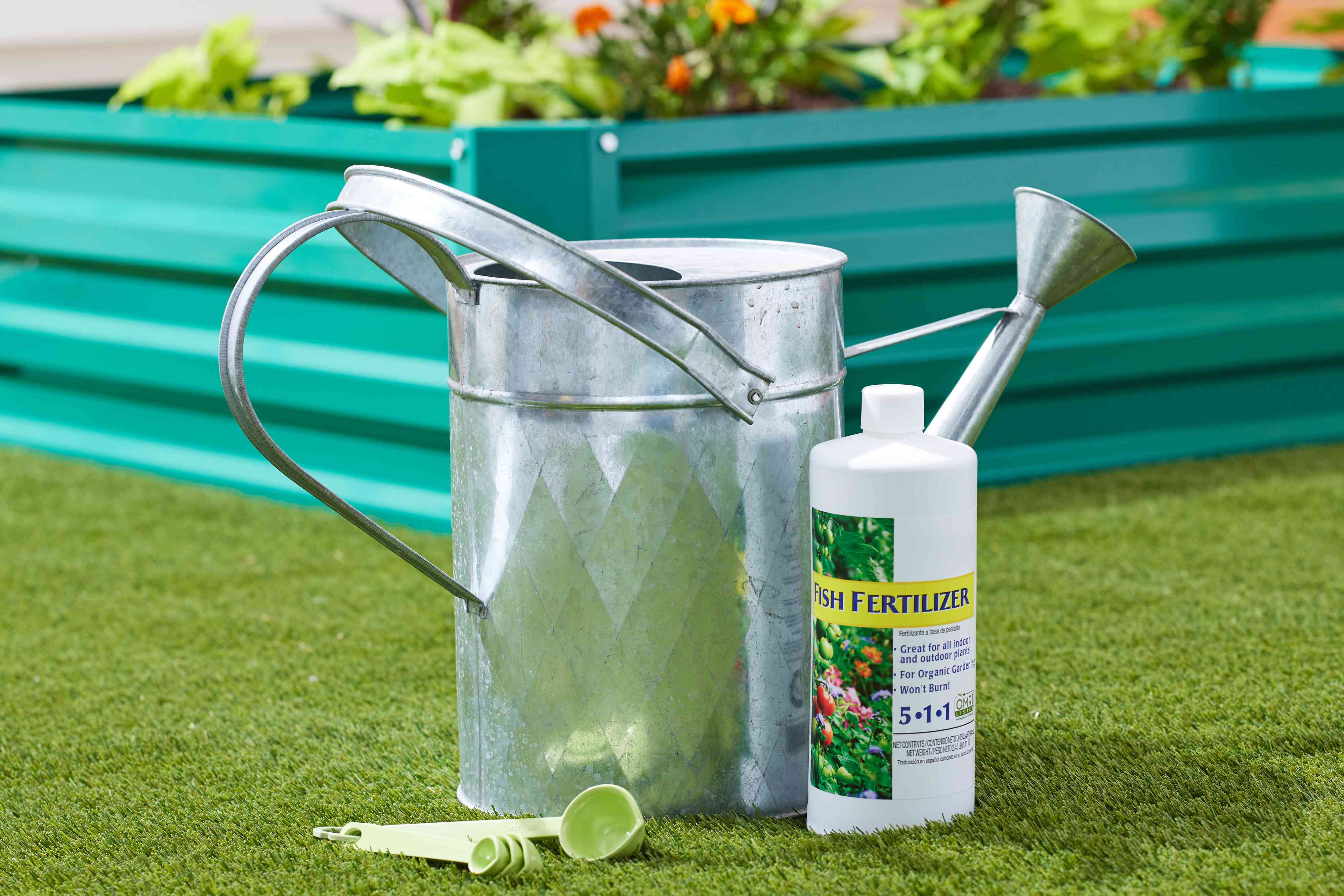
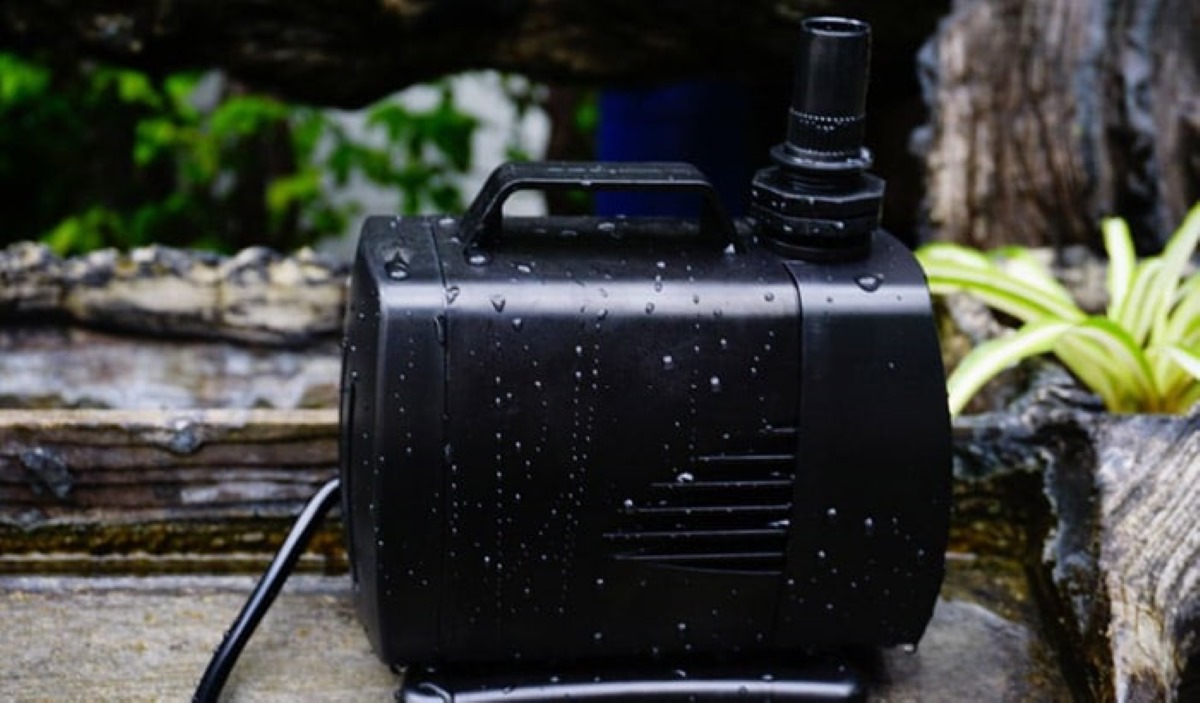
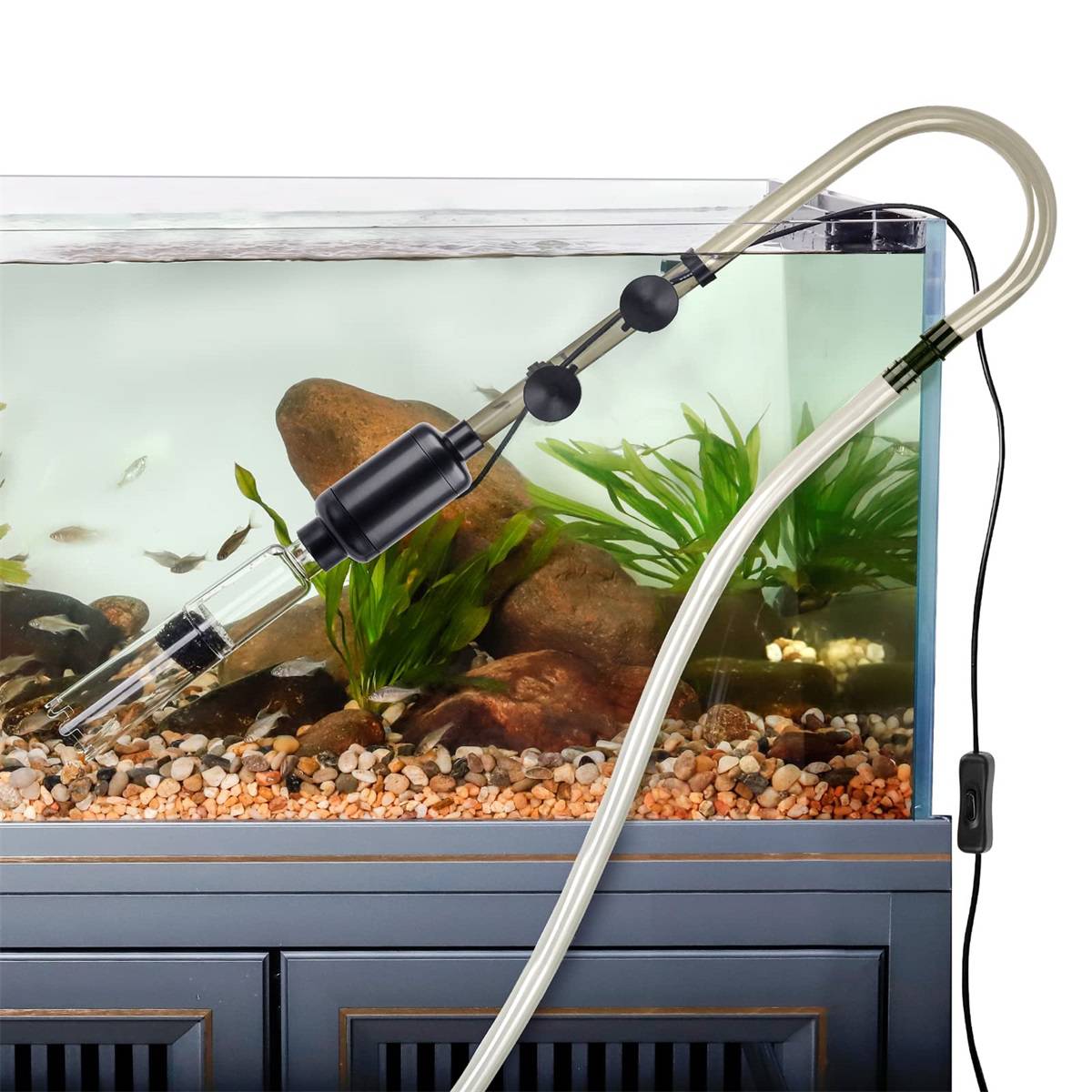
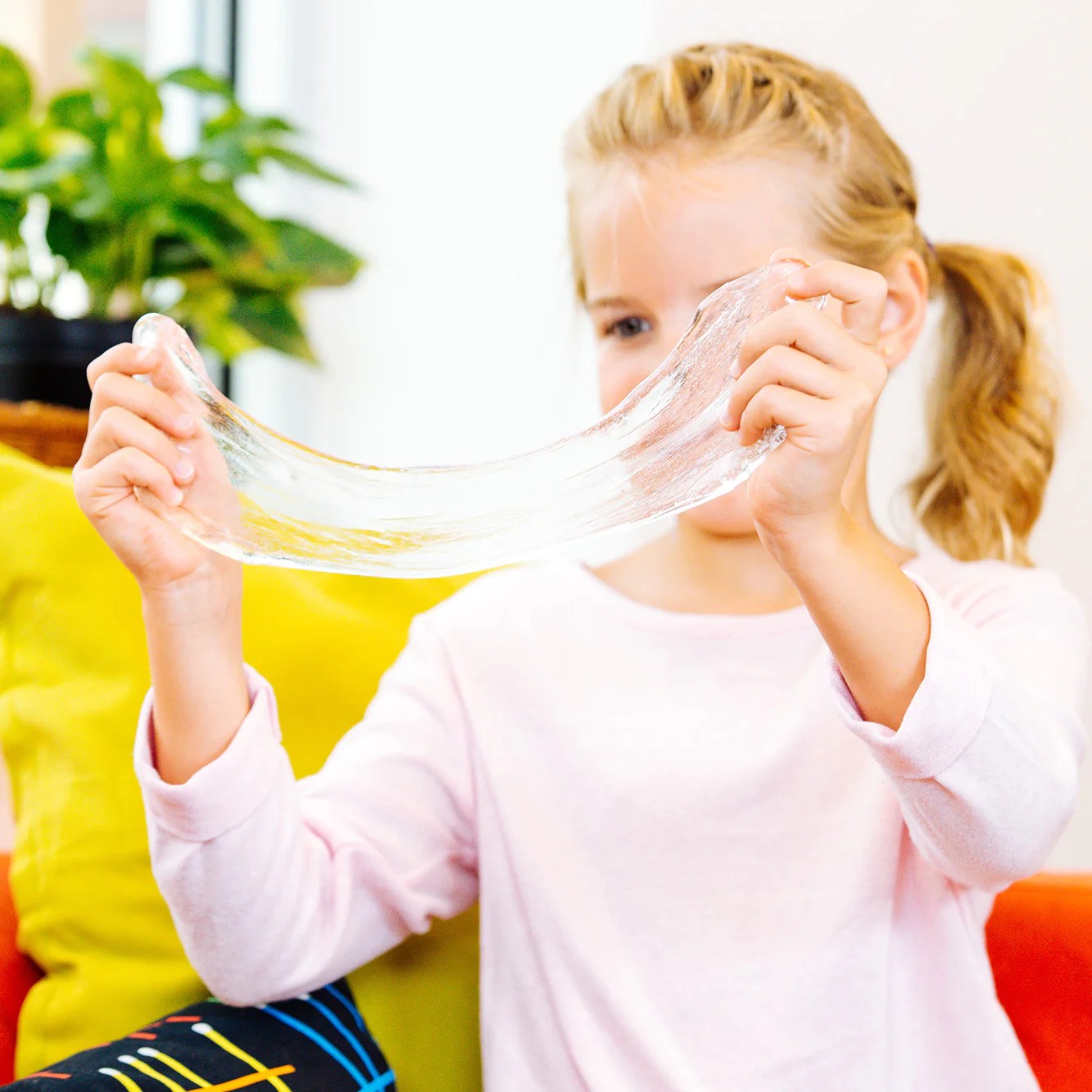
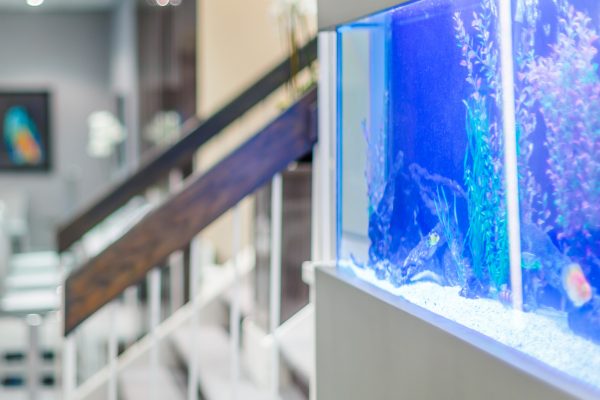

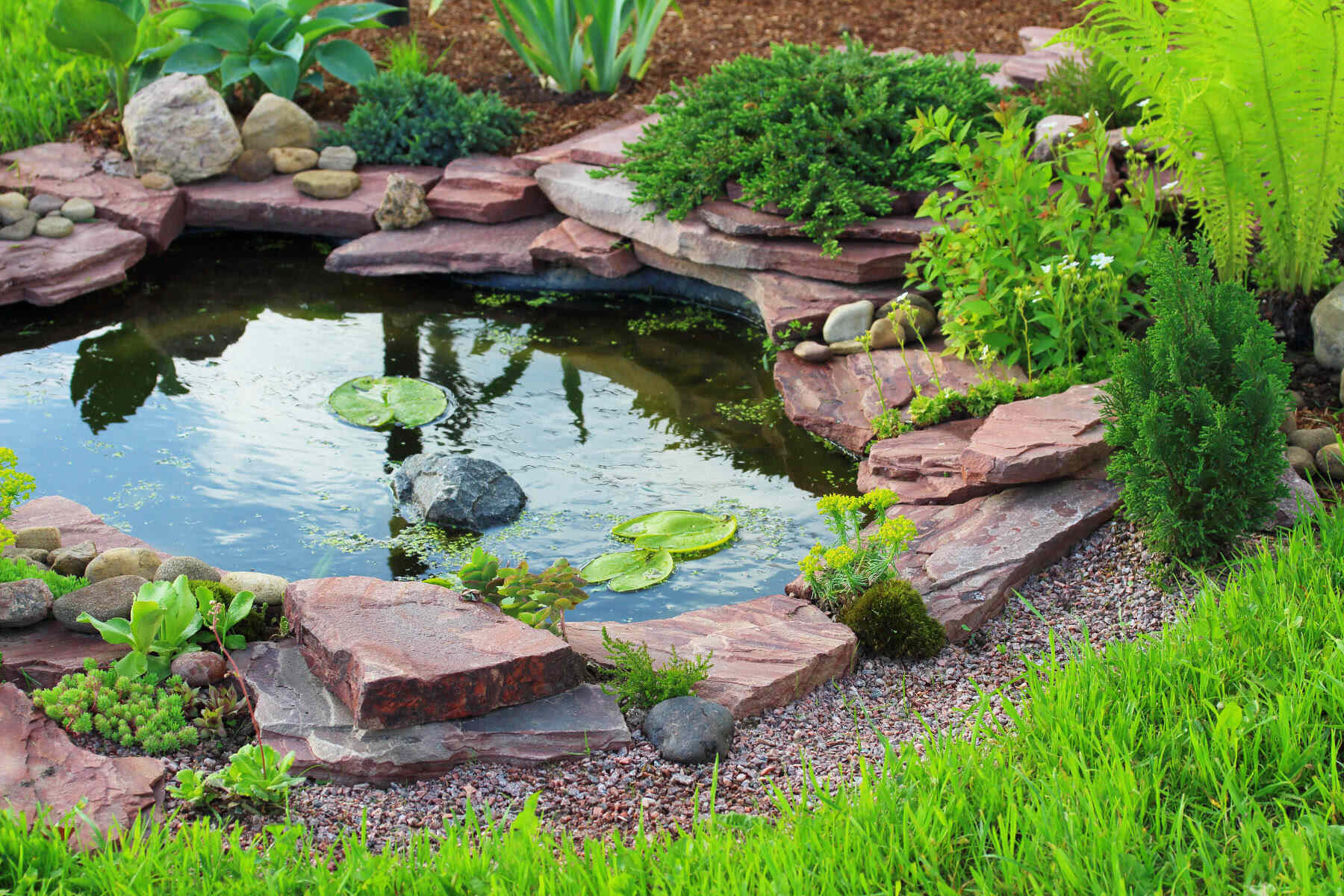
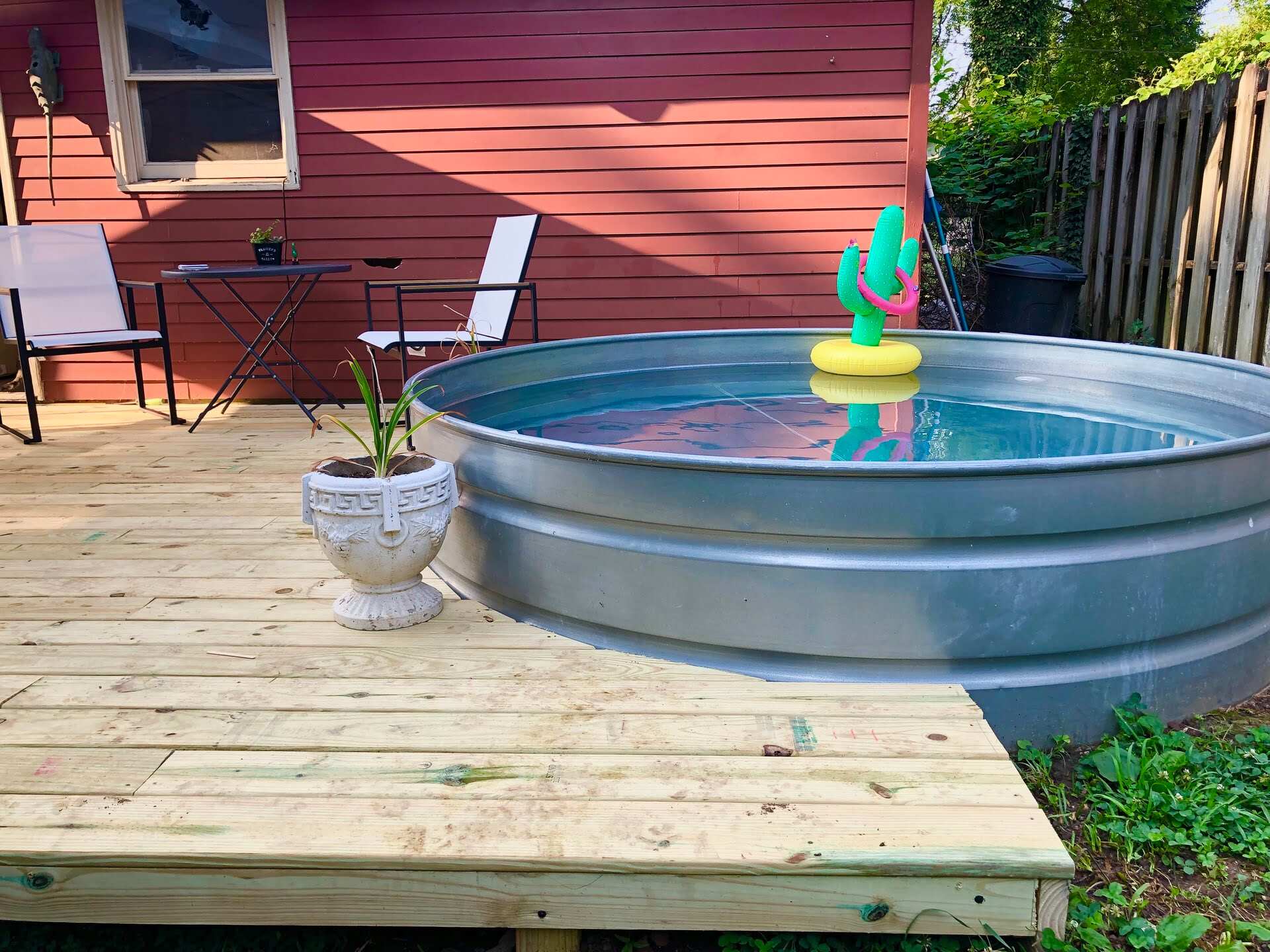
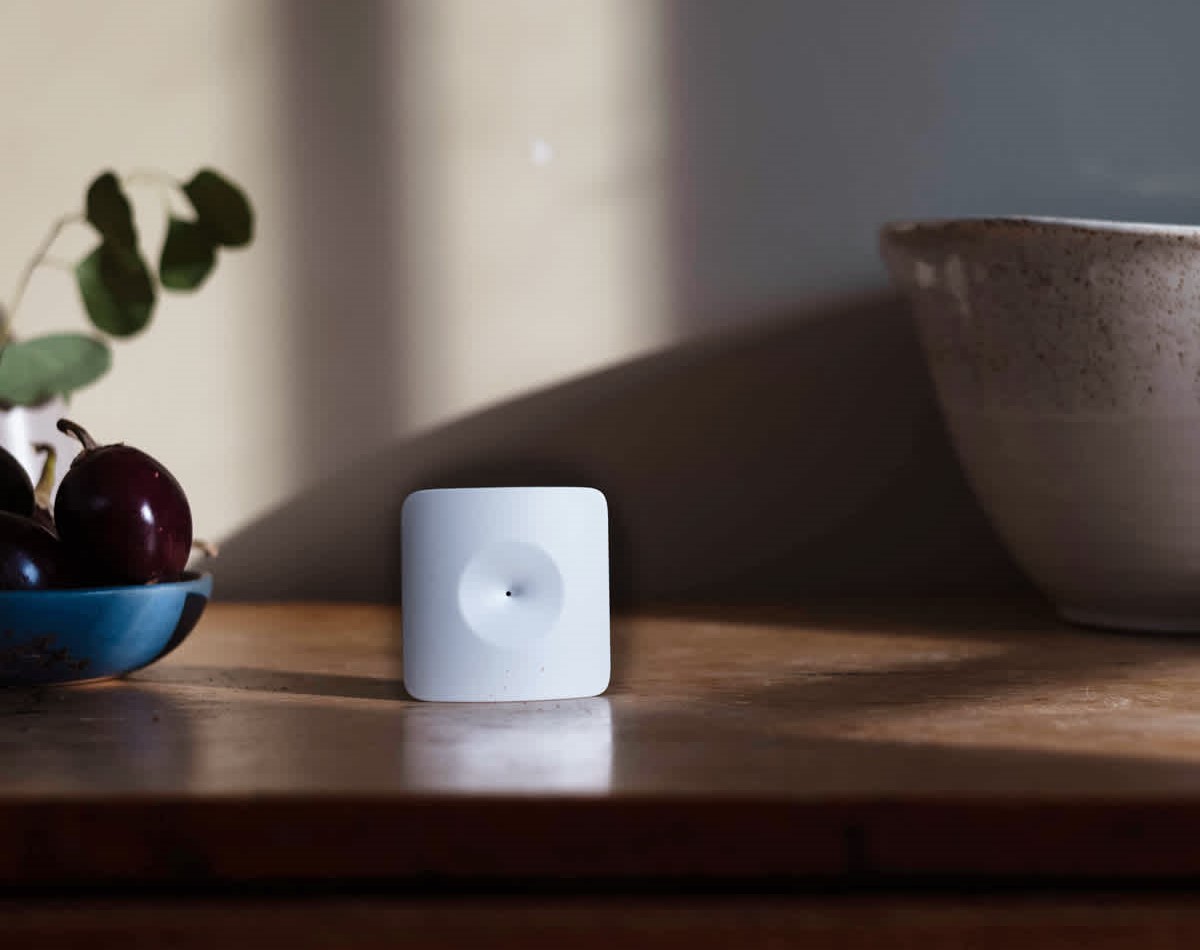
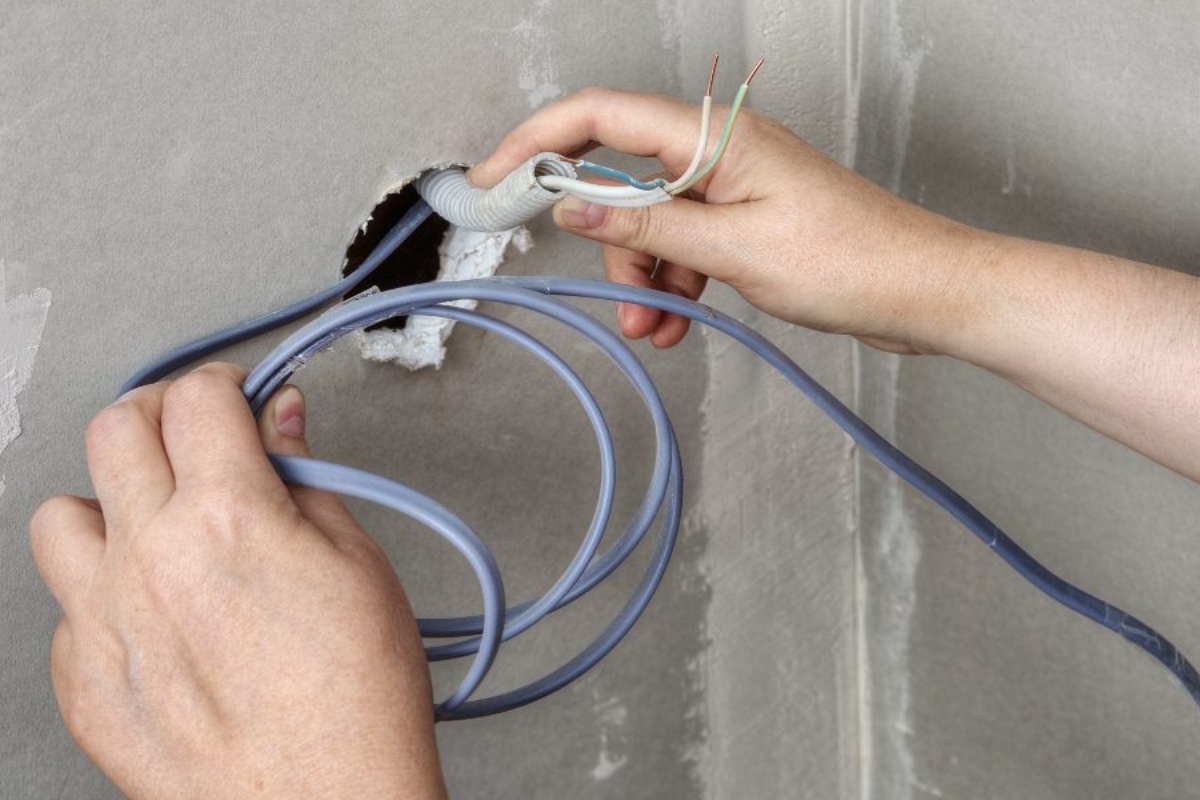
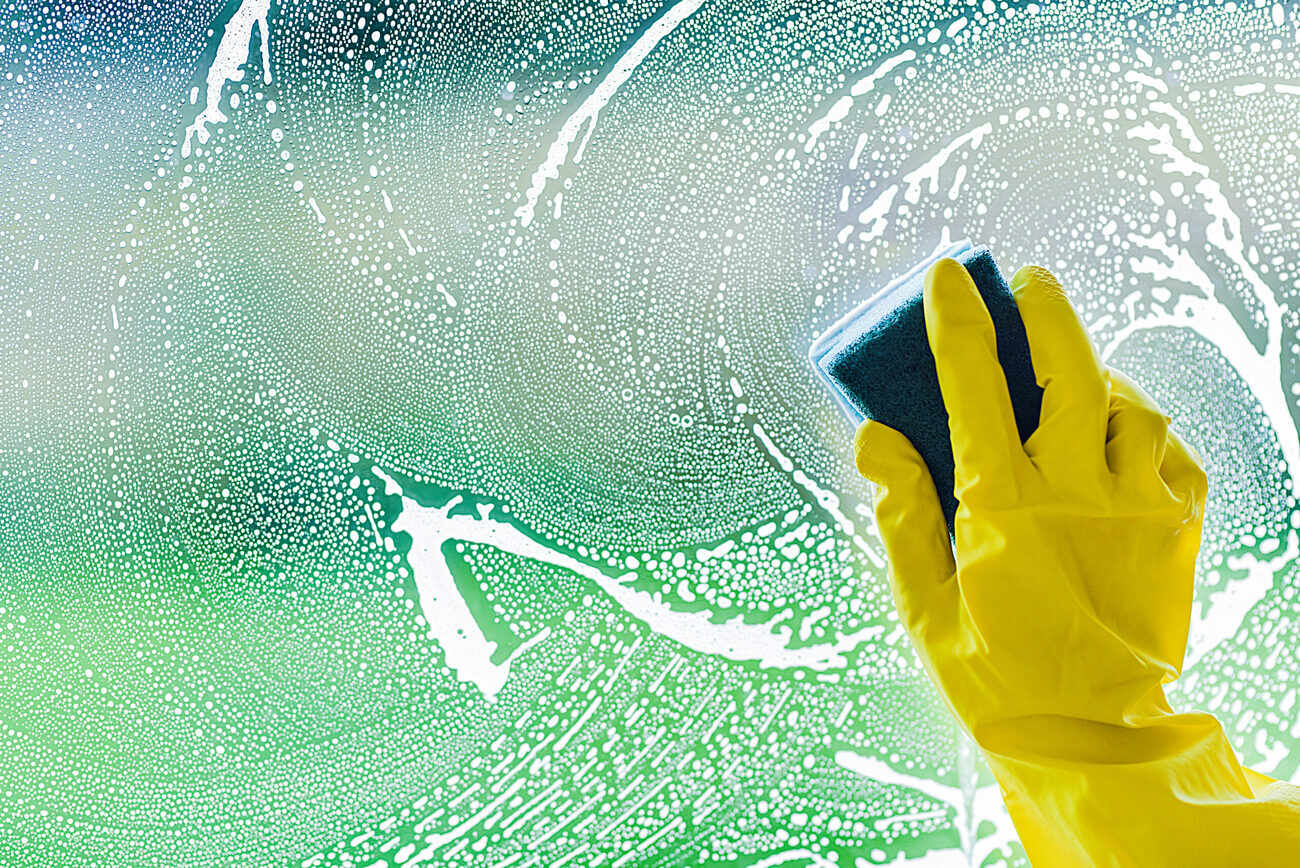

0 thoughts on “How To Make Fish Tank At Home Without Glass”